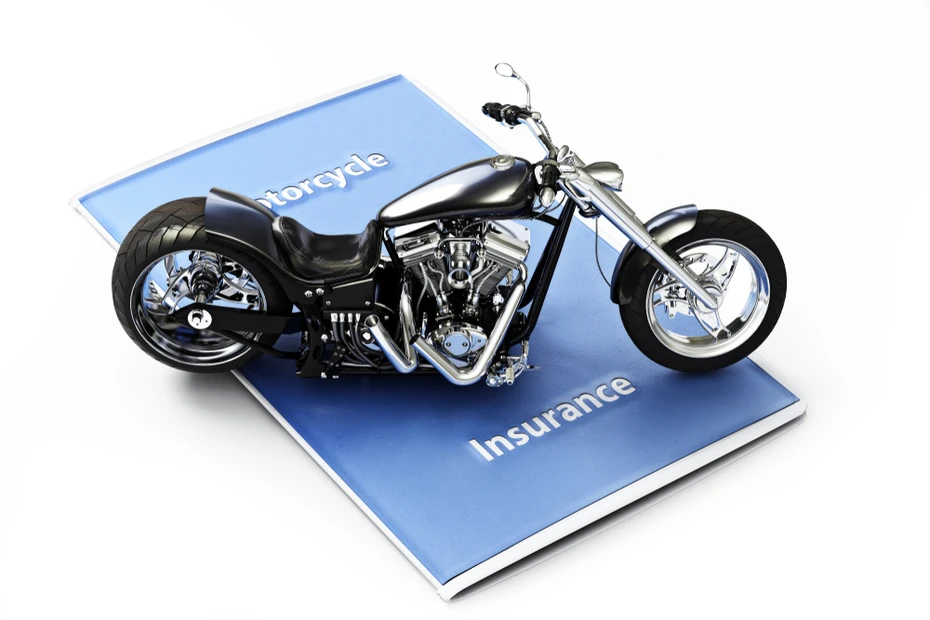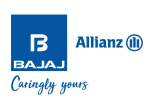Bike fuel tank capacity: What you need to know
When buying a bike, one of the most important things to consider is its fuel tank capacity. It directly affects how far you can ride before needing to refuel and plays a big role in your overall riding experience.
This article breaks down everything you need to know about fuel tank capacity, including how it affects performance, safety, and even insurance.

What is the bike's fuel tank capacity?
Fuel tank capacity simply refers to how much fuel your bike’s tank can hold. It’s usually measured in liters.
-
Smaller fuel tanks are often found in lighter, more agile bikes like commuters or city bikes.
-
Larger fuel tanks are typically seen in touring or adventure bikes, built for long-distance travel without frequent fuel stops.
Most bikes hold between 5 to 20 liters of fuel. For daily use, a fuel tank capacity of 8–12 liters is common. Cruiser and adventure bikes can go beyond 20 liters to support long rides.
While a larger tank means fewer stops to refuel, it also adds weight, which can impact how the bike handles. A smaller tank means more frequent refueling, but the bike feels lighter and easier to manage.
How it affects your riding experience
The size of your bike's fuel tank can make a real difference in how you ride.
-
Long-distance riders benefit from larger tanks, as they reduce the number of stops during trips, especially in areas with fewer petrol stations.
-
Commuters and city riders prefer smaller tanks because the bikes are easier to handle in traffic and make sharp turns more smoothly.
-
Aesthetics also play a part; larger tanks give bikes a tougher, more muscular look, while smaller tanks offer a sleeker, sportier design.
So, whether you prioritize range, agility, or looks, your ideal fuel tank size will depend on your riding style and daily needs.
Fuel tank capacity & insurance: What to know
Interestingly, your bike’s fuel tank capacity can even affect your insurance premium.
For example, bikes with larger tanks may be classified differently due to their added weight and suitability for long-distance travel. This could potentially increase your insurance cost. It’s always a good idea to ask your bike insurance provider if fuel tank size impacts your policy.
Fuel tank safety and maintenance tips
To keep your bike running smoothly and safely, follow these fuel system tips:
-
Always check your fuel level before heading out.
-
Refuel when the tank is around a quarter full to avoid running out unexpectedly.
-
Don’t overfill the tank; it can lead to spills or pressure build-up.
-
Leave a little space for fuel expansion, especially in hot weather.
-
Inspect the tank and fuel lines regularly for leaks or cracks.
-
Use the recommended fuel type from your bike’s manual — using the wrong fuel can hurt performance and efficiency.
-
Tightly close the fuel cap after refueling to avoid evaporation or spillage.
-
If you notice a sudden drop in fuel efficiency, it might signal a problem with your fuel system. Get it checked.
Regular maintenance keeps your bike safe and helps it perform at its best.
Whether you're riding to work or heading out on long tours, choosing a bike with the right fuel tank capacity can improve convenience, performance, and range.
Understanding your bike’s fuel capacity and taking care of the fuel system ensures better efficiency and a smoother ride every time.














































